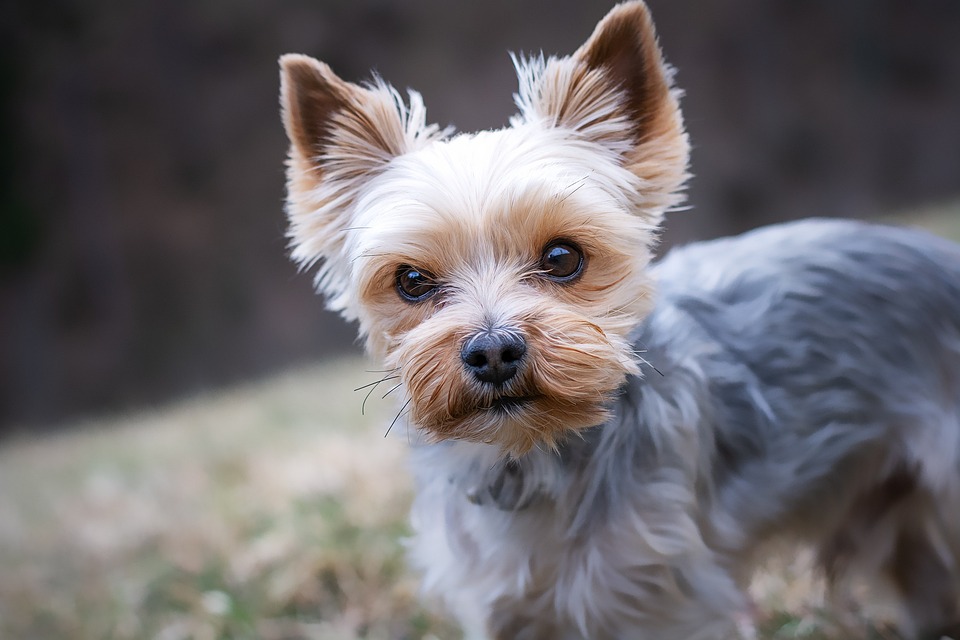Grooming plays a crucial role in maintaining the overall health and well-being of your furry friend. Regular grooming not only keeps your dog looking fabulous but also promotes healthy skin and a lustrous coat. In this article, we will delve into the importance of regular grooming for your dog’s skin and coat health, discussing its benefits and addressing commonly asked questions.
Understanding the Benefits of Regular Grooming:
1. Enhances Skin Health:
Regular grooming prevents matting and tangling of fur, which can lead to discomfort and skin irritation. By removing tangles and mats, you allow air to reach the skin, reducing the risk of fungal or bacterial infections. Additionally, regular brushing reduces shedding and minimizes hairballs, making your dog more comfortable and reducing the amount of hair you find around your home. Brushing also promotes good circulation and oxygenation to the skin, keeping it healthy and nourished.
2. Promotes a Healthy Coat:
Regular brushing stimulates the natural oil production in your dog’s skin, which helps keep the coat healthy and shiny. Brushing also enhances the coat’s texture, making it softer and more manageable. Additionally, regular brushing helps distribute natural oils evenly throughout the coat, preventing dryness or greasiness.
3. Early Detection of Skin Issues:
Regular grooming allows for a thorough inspection of your dog’s skin. By examining the skin regularly, you can identify potential skin infections, parasites, or allergies. Early detection enables prompt treatment, preventing further complications and discomfort for your furry friend.
4. Improves Comfort and Hygiene:
Regular grooming helps keep your dog comfortable and hygienic. Trimming your dog’s nails prevents discomfort or injuries from overgrown claws. Regular ear cleaning prevents infections and discomfort caused by wax buildup or debris. Grooming also keeps sensitive areas, like paw pads and sanitary areas, clean and healthy, reducing the risk of infections or irritations.
5. Strengthens the Bond:
Grooming sessions provide quality time and bonding opportunities between you and your dog. Regular grooming builds trust and familiarity, as your dog learns to associate grooming activities with positive experiences. This helps reduce anxiety and stress associated with grooming, making it a more enjoyable experience for both of you.
Frequently Asked Questions (FAQs):
1. How often should I groom my dog?
Regular grooming frequency depends on your dog’s breed, coat type, and individual needs. Dogs with long or double coats may require more frequent grooming, while short-haired breeds may need less. It is best to consult with a professional groomer or your veterinarian to determine the ideal grooming schedule for your dog.
2. Can I groom my dog at home, or should I seek professional help?
Grooming at home is possible, especially for basic grooming tasks like brushing, nail trimming, and ear cleaning. However, for complex grooming tasks like haircuts or breed-specific trims, it is advisable to seek professional help. Professional groomers have the expertise and tools to ensure a safe and comfortable grooming experience.
3. What should I include in a basic grooming routine?
A basic grooming routine includes regular brushing, nail trimming, ear cleaning, and occasional bathing. Brushing should be done at least once a week, while bathing can be done every 4-8 weeks, depending on your dog’s needs. It is important to use dog-specific grooming products, including shampoos, conditioners, and brushes.
4. How can I prevent matting in my dog’s fur?
Regular brushing is key to preventing matting. Use appropriate grooming tools for your dog’s coat type, such as slicker brushes or combs. Pay close attention to areas prone to matting, such as behind the ears, armpits, and the belly. If mats occur, consult a professional groomer to avoid causing discomfort or injury while removing them.
5. Are there any specific products I should use for grooming?
It is crucial to use dog-specific grooming products, including shampoos, conditioners, and brushes. These products are specially formulated for your dog’s skin and coat, ensuring they are safe and effective. Avoid using human products, as they may contain ingredients that can irritate or harm your dog’s skin.
6. My dog doesn’t enjoy grooming sessions. What can I do?
Patience and positive reinforcement are key when introducing grooming to your dog. Make grooming a positive experience by offering treats, praise, and breaks when needed. Gradually increase the duration of grooming sessions to help your dog acclimate. If your dog continues to show aversion to grooming, consider seeking professional help to address any underlying issues.
Conclusion:
Regular grooming is a vital aspect of maintaining your dog’s skin and coat health. It not only helps prevent skin issues and promotes a healthy coat but also strengthens the bond between you and your furry companion. By understanding the benefits of grooming and addressing any concerns through professional help or self-education, you can ensure your dog’s skin and coat remain in top-notch condition. Remember, a happy and healthy dog starts with regular grooming!









